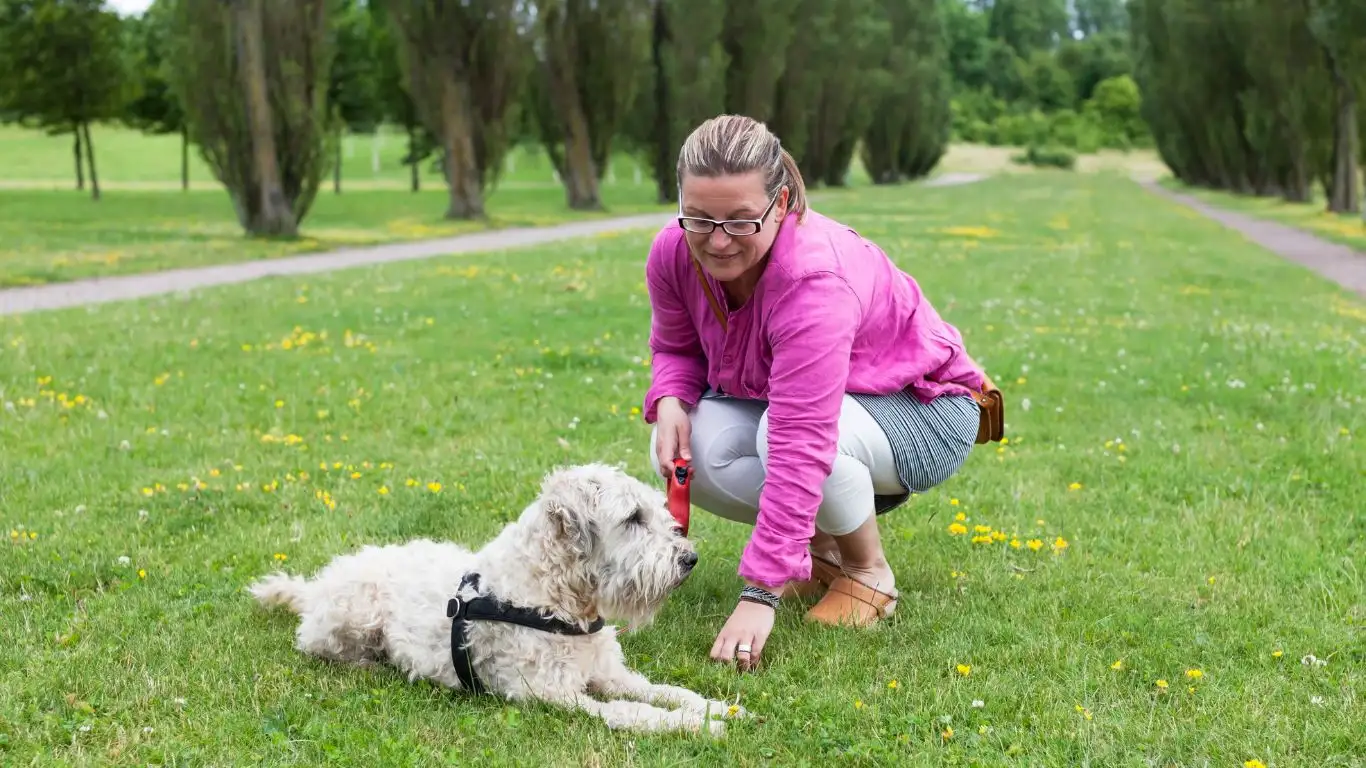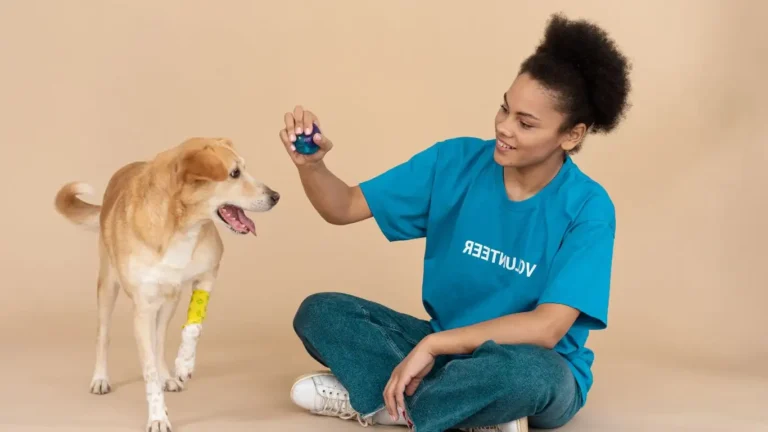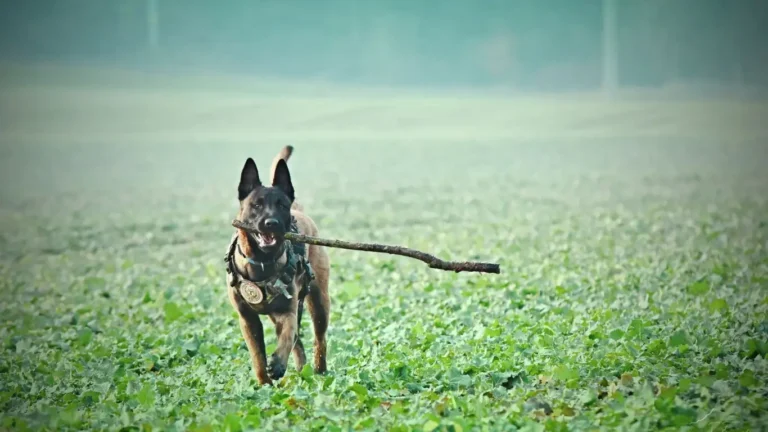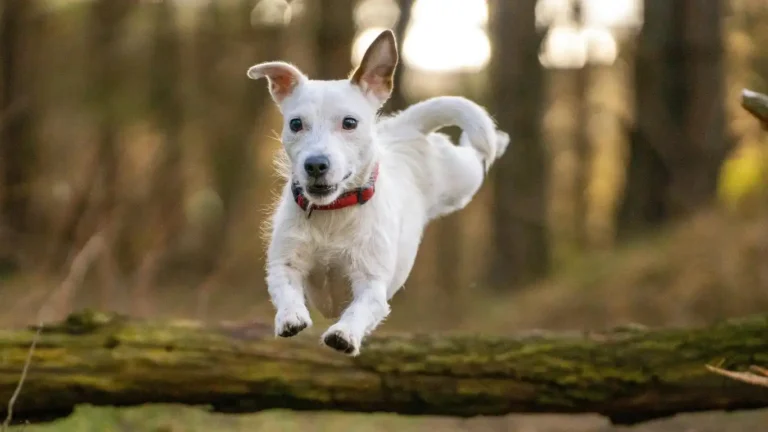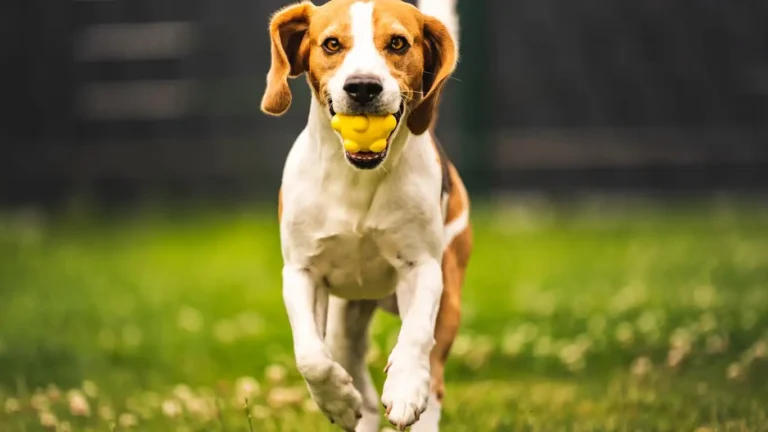Stop Dog Chewing: How to Train Your Pup to Avoid Furniture Legs
If you’ve ever come home to find your beloved couch legs looking like they’ve been through a woodchipper, you’re not alone. One of the most common struggles dog owners face is figuring out how to train a dog to not chew on furniture legs. As someone who works closely with therapy dogs, I’ve seen this issue pop up time and again—not just in regular households, but even in structured training environments where pups are expected to behave like total pros. But don’t worry, it’s totally fixable (yes, even for that particularly mouthy puppy of yours).
Why Dogs Chew Furniture Legs in the First Place
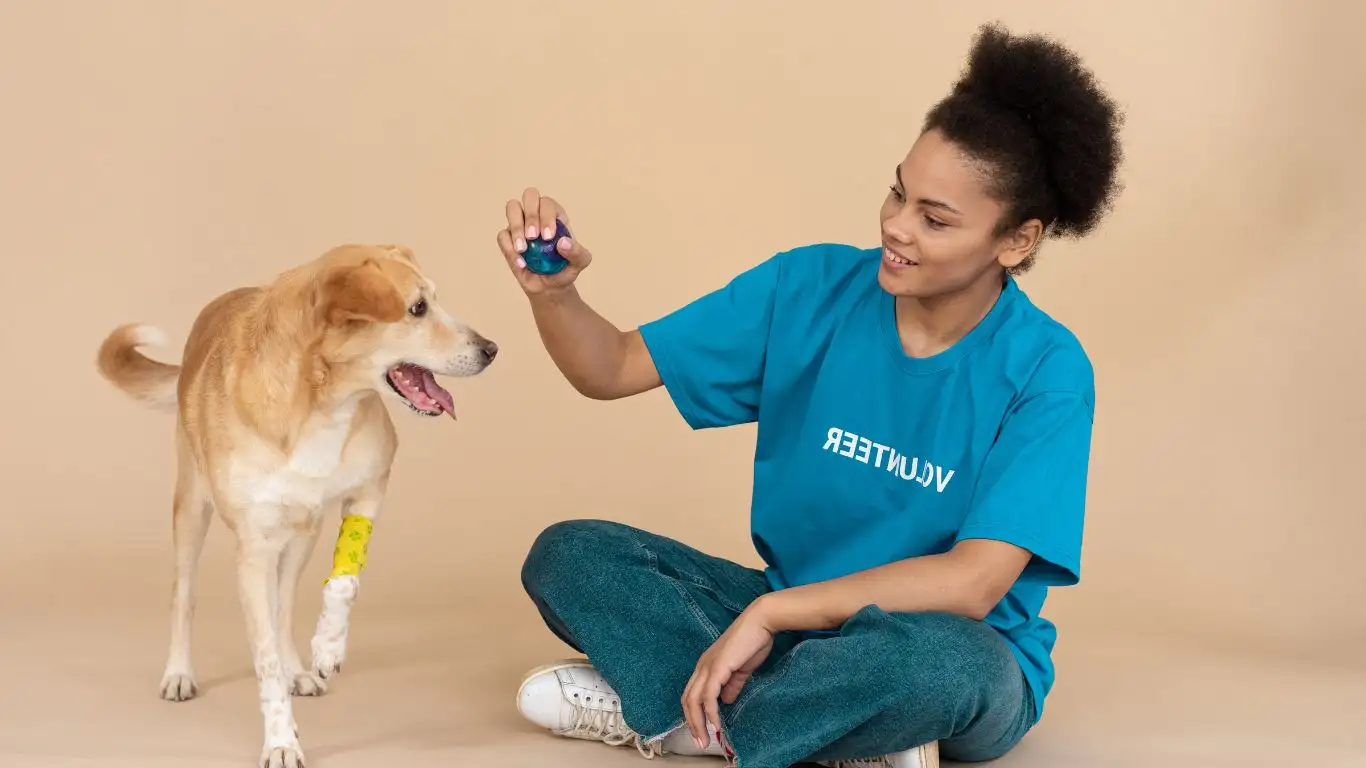
Understanding *why* your dog is chewing is the first step toward changing that behavior. When I first started training therapy dogs, one of my fosters—a sweet but high-strung border collie named Dash—gnawed on everything like he was auditioning for a beaver documentary. But it wasn’t just “bad behavior”—he was anxious, understimulated, and teething.
Common Reasons Behind the Chewing
- Teething: Puppies especially chew to relieve discomfort as adult teeth come in.
- Boredom: If your dog isn’t mentally or physically stimulated, they’ll find their own entertainment.
- Separation anxiety: Some dogs chew as a way to cope with stress when left alone.
- Exploration: Dogs use their mouths like we use our hands—sometimes they’re just curious.
So if your dog is treating the furniture like a chew toy, it’s not personal. They’re just trying to communicate something.
Set the Scene: Create a Chew-Friendly Environment
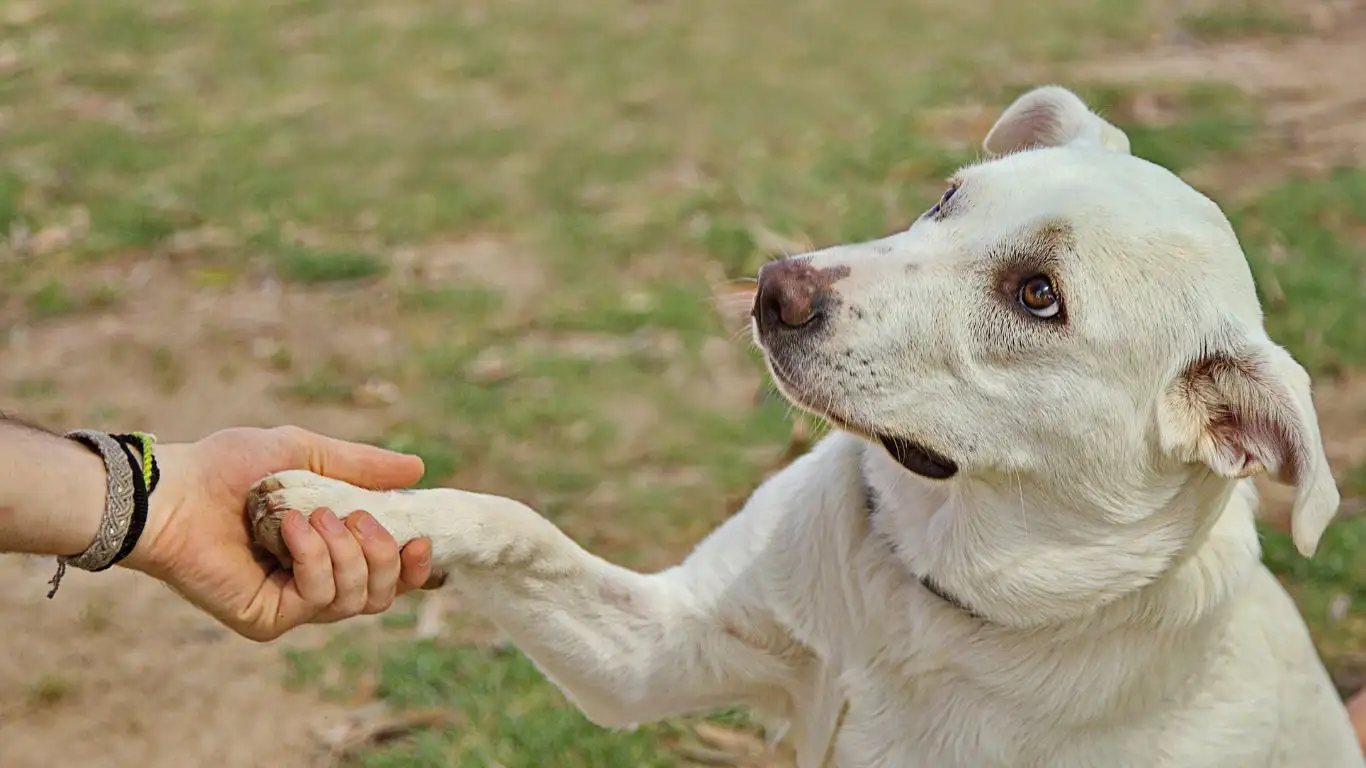
Before you get into full-on training mode, it helps to do a little environmental makeover. Think of it as dog-proofing your space—kind of like baby-proofing, but with less plastic and more slobber.
Here’s what I recommend based on what works with my therapy dogs:
- Provide appropriate chew alternatives. Get a mix of textures—rubber toys, natural chews like bully sticks, and frozen treat-filled Kongs. Rotate them to keep things exciting.
- Block access to tempting furniture legs. Baby gates, closed doors, or even temporary furniture covers can help during the training phase.
- Use dog-safe deterrent sprays. These taste awful to dogs but won’t damage your furniture. I use them on high-risk areas during early training weeks.
- Limit unsupervised time. If your dog is a serial chewer, keep an eye on them when they’re out and about. Crate training or a playpen setup can work wonders.
In my own home, I keep a “chew station” stocked with safe toys and long-lasting chews. It’s kind of like a dog version of a snack bar—and yes, it totally works.
Training Tactics That Actually Work

Once you’ve set your environment up for success, it’s time to actually train your dog to not chew on furniture legs. And this is where the magic happens. Real training is less about yelling “No!” every five seconds and more about redirecting, reinforcing, and being consistent like your dog’s behavior depends on it—because, well, it does.
Redirection is Your Best Friend
Let’s say your dog goes for the chair leg. Instead of shouting or scolding, calmly say something like, “Uh uh!” and offer them a chew toy instead. When they take the toy—boom, praise them like they just won Best in Show.
Positive Reinforcement in Action
When they chew the right thing (like that $15 yak chew instead of your $1,500 table), reward immediately. Treats, praise, belly rubs—whatever lights them up. Timing is everything here. You want them to connect the dots between “chew this” and “good things happen.”
Consistency, Consistency, Consistency
This is the one thing I tell every new handler in therapy dog training: Be consistent, or you’re sending mixed signals. If you sometimes let it slide and other times correct the behavior, your dog will be confused, and the chewing will continue.
Every dog is different—some catch on quick, others need repetition. One of my Labrador trainees, Max, needed nearly two weeks of redirection before he finally left the table legs alone. But once he got it? He never touched them again.
When Chewing Becomes a Habit: Breaking the Cycle

Alright, so let’s say you’ve done the redirection thing, your house is stocked with chew toys, and yet… your pup still sneaks in a few nibbles on that coffee table when you’re not looking. Don’t stress—it happens. Some dogs form habits that take a bit more finesse to break. I remember one foster named Moose (a goofy lab mix with the appetite of a small bear) who just couldn’t quit the chair leg, even with all the right tools in place.
Repetition and Pattern Interrupts
Dogs thrive on patterns—and that can be both a blessing and a curse. If chewing the furniture has become routine, you’ll need to disrupt that behavior over and over until the habit dies off. Here’s what worked with Moose and dozens of others in our program:
- Catch and redirect consistently. Don’t let it slide “just this once.”
- Add structured breaks and activities. Daily training sessions, sniff walks, puzzle feeders—mental stimulation matters more than people realize.
- Use a leash indoors for shadowing. This isn’t forever, but keeping your dog leashed to you indoors can help prevent sneak-chewing moments.
Trust me, a few days of consistent shadowing beats weeks of trying to repair shredded table legs.
Build a Strong “Leave It” and “Drop It” Foundation
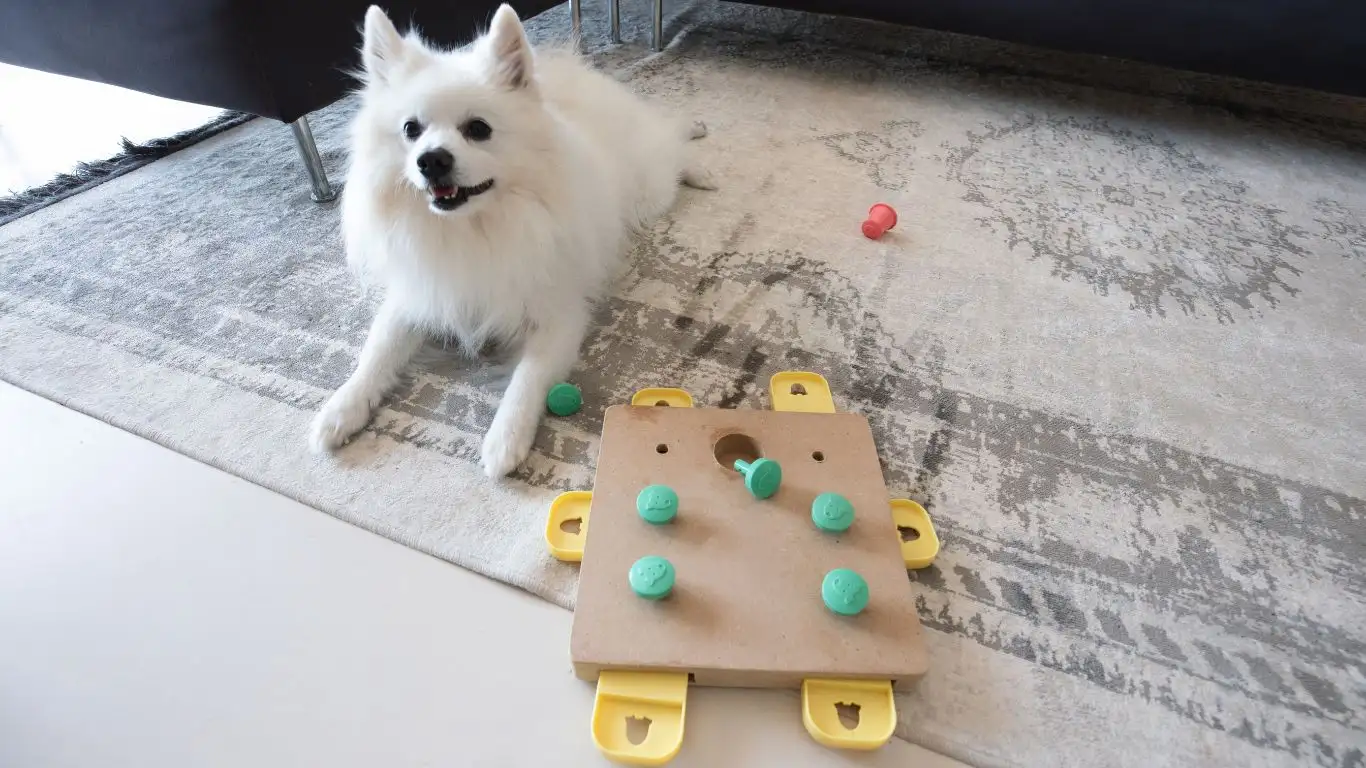
This is where obedience training steps in big time. Teaching your dog commands like “leave it” and “drop it” gives you control in the moment—especially if they grab something they shouldn’t have. In my therapy training sessions, I make “leave it” a top-tier command because it keeps our dogs safe and respectful in sensitive environments like hospitals or schools.
Quick Tips to Train “Leave It”:
- Hold a treat in your closed hand and let your dog sniff, paw, or lick.
- When they stop trying to get it, say “yes” and reward with a different treat from your other hand.
- Repeat until they back off the moment you say “leave it.”
For furniture chewing, start using “leave it” whenever they even *look* at the legs with mischief in their eyes. Then redirect to something appropriate and reward that behavior. You’re teaching them two things: what’s off-limits and what gets them good stuff.
Reinforce the Good—Even When It Seems Small
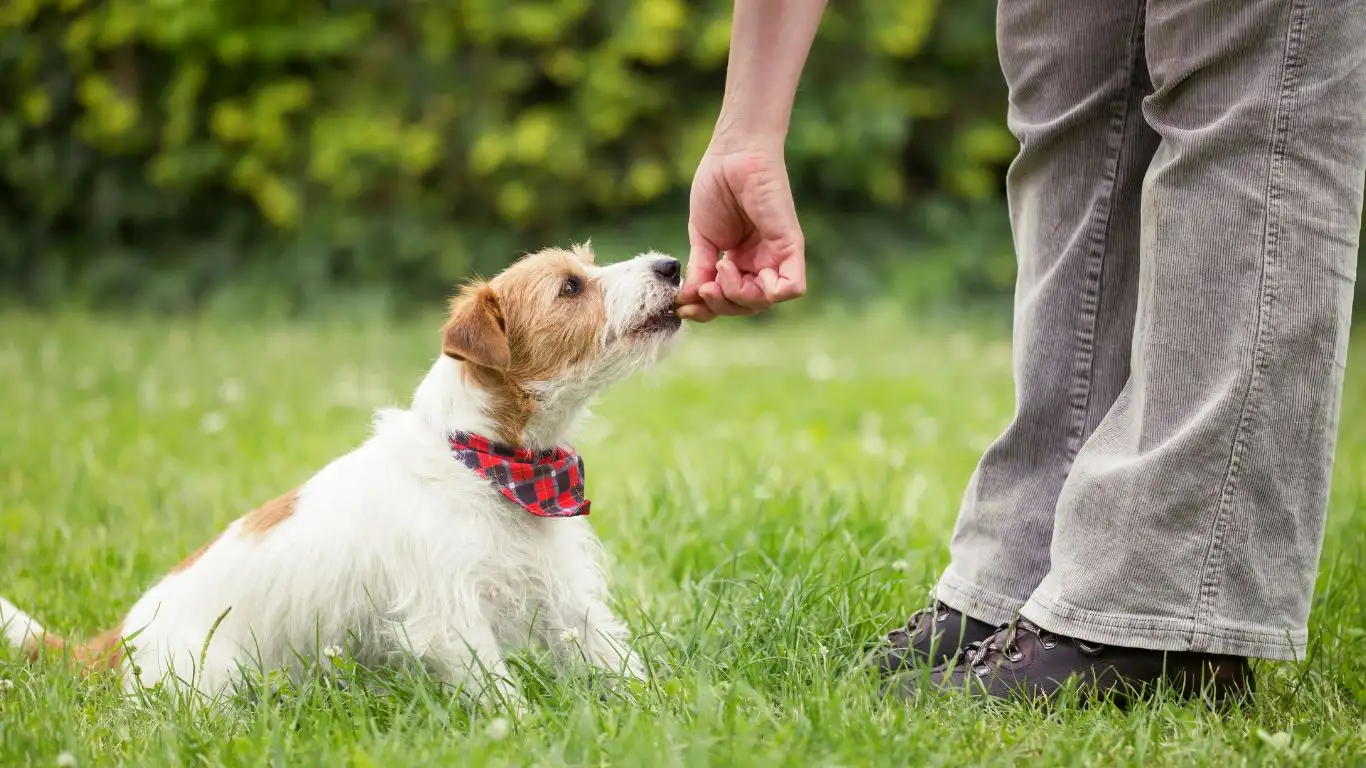
This is one thing a lot of dog owners forget to do: reward calm, quiet behavior. If your dog walks past a table leg and doesn’t touch it—celebrate that moment! Give a treat, praise, or affection. These subtle reinforcements stack up and teach your dog what behaviors *you* value.
In my early days working with therapy candidates, I’d make a note every time a dog made a good choice unprompted. Choosing a toy instead of the furniture? That’s a win. Ignoring the chair legs even when no one’s watching? Massive progress. When you build a habit of noticing and rewarding these moments, you’re shaping your dog’s brain to crave your approval more than the taste of pinewood.
My Favorite Reinforcers for Training Success:
- Small high-value treats (like freeze-dried liver or cheese bits)
- Verbal praise (dogs love a cheerful “good dog!” more than you’d think)
- Playtime or tug sessions as a reward for doing the right thing
One of my recent pups, Luna (a clever little shepherd mix), actually started bringing her chew toy *to* the leg of the couch to chew it there. And you know what? I let her. Because the behavior I wanted was happening—she was making better choices, and that’s the whole goal.
Watch for Setbacks—And Don’t Panic
Progress with dogs isn’t linear. There will be setbacks—especially when your routine shifts, like during the holidays, a move, or even just a busy week. Don’t panic if your dog reverts to chewing furniture out of nowhere. It’s not a failure; it’s just a signal they need a bit more guidance or consistency again.
What to Do When Old Habits Resurface:
- Go back to basics. Reintroduce redirection and supervision temporarily.
- Check their enrichment—are they bored? Under-exercised?
- Rule out medical issues like dental pain or GI discomfort that could trigger chewing.
In fact, I once had a well-trained therapy dog named Scout who suddenly started gnawing furniture legs again. Turns out, he had an infected molar—poor guy was trying to soothe the pain. After a vet visit and some dental care, the chewing stopped completely.
So always keep an eye on the full picture—behavior is never random, and dogs usually have a reason for everything they do.
Reinforcing Long-Term Success: Keeping Chewing at Bay
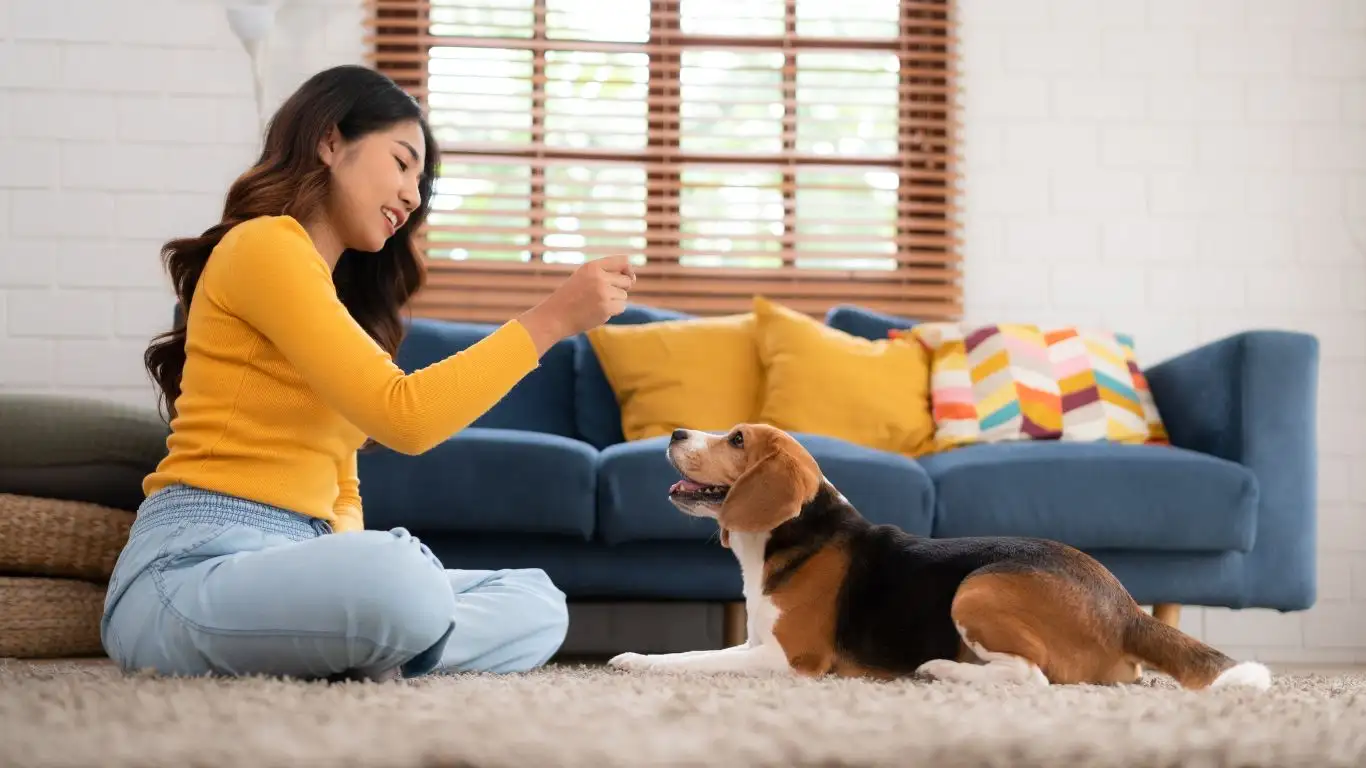
By now, you’ve probably noticed that teaching your dog how to train a dog to not chew on furniture legs isn’t just about a few quick fixes—it’s about building habits that last. Once your pup starts making better choices, the real challenge is keeping those good habits going. Trust me, after working with countless therapy dogs, I’ve learned that consistency and patience are your best friends here.
Stick to the Basics
Even after your dog seems to have kicked the chewing habit, don’t let your guard down. Keep providing a variety of chew toys and rotate them regularly to maintain interest. Remember, boredom is the enemy. As the American Kennel Club suggests, rotating toys every few days can keep things fresh and exciting for your dog [AKC].
Maintain a Chew-Friendly Environment
Ensure that your home remains a place where good behavior is easy for your dog. Continue using deterrent sprays on furniture legs if needed, and supervise your dog during times when they’re more likely to chew, such as when guests are over or during changes in routine. As highlighted by Chewy, creating a dog-proofed space can be an effective way to prevent unwanted chewing [Chewy].
When to Seek Professional Help
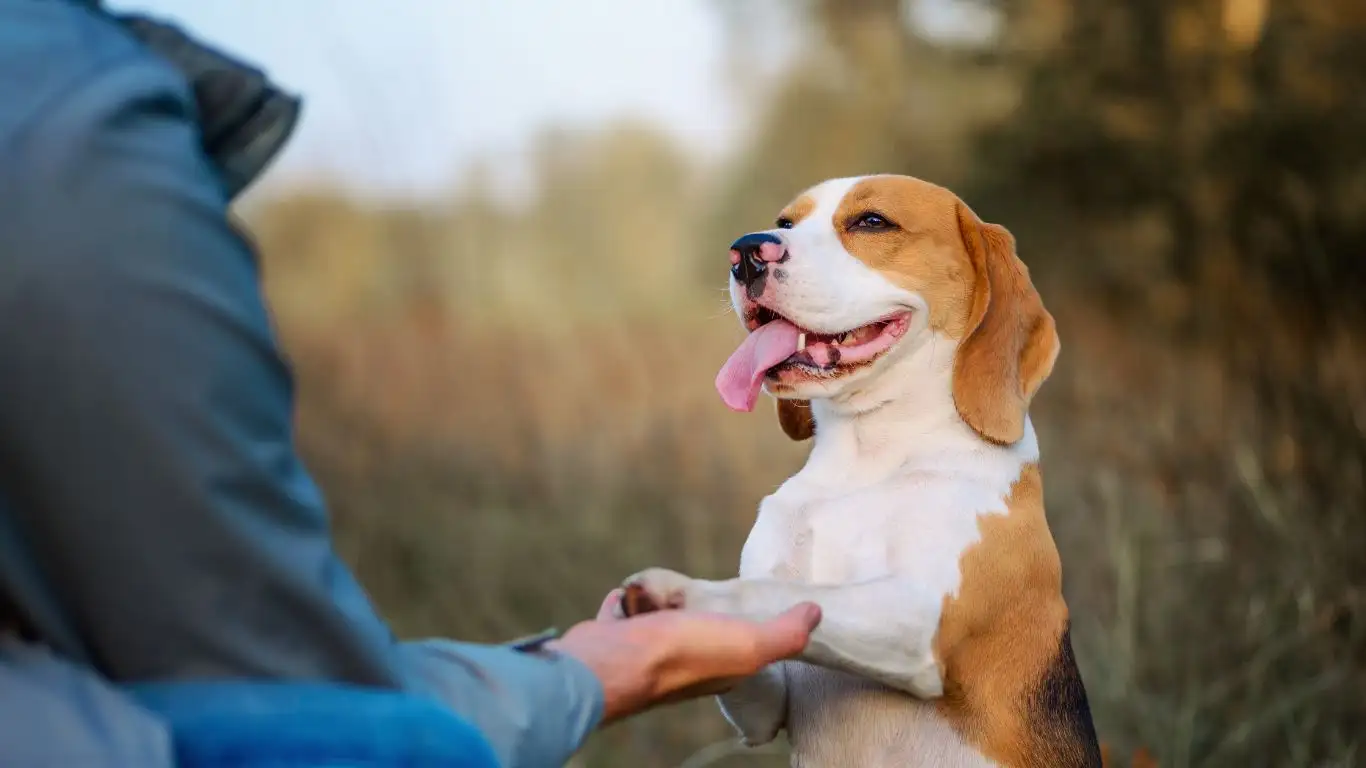
Sometimes, despite your best efforts, the chewing persists. If your dog continues to chew furniture legs excessively, it might be time to consult a professional dog trainer or a veterinary behaviorist. Persistent chewing can be a sign of underlying issues such as anxiety or dental problems. As noted by PetMD, it’s important to address these behaviors early to prevent them from becoming ingrained habits [PetMD].
Signs You Might Need Extra Help
- Chewing persists despite consistent training efforts.
- Destructive behavior escalates or occurs when the dog is left alone.
- Signs of anxiety, such as pacing, whining, or excessive salivation.
In such cases, a professional can provide tailored strategies to address your dog’s specific needs and help you both move forward successfully.
Final Thoughts
Training your dog to stop chewing on furniture legs is a journey that requires time, patience, and consistency. By understanding the reasons behind the behavior, providing appropriate outlets, and reinforcing positive actions, you’re setting your dog up for success. Remember, every dog is different, and what works for one might not work for another. Stay observant, be flexible in your approach, and don’t hesitate to seek professional guidance when needed. Your efforts will lead to a happier, well-behaved companion and a home free from chewed-up furniture.
References
- American Kennel Club: Why Does My Dog Chew My Furniture and Baseboards?
- Chewy: Destructive Dog Chewing: How To Stop It
- PetMD: How to Stop a Puppy From Chewing Everything in Sight
Disclaimer
The information provided in this article is based on personal experience and publicly available resources. It is intended for educational purposes only and should not replace professional veterinary advice. Always consult with a qualified veterinarian or professional dog trainer for concerns specific to your dog’s health or behavior.
